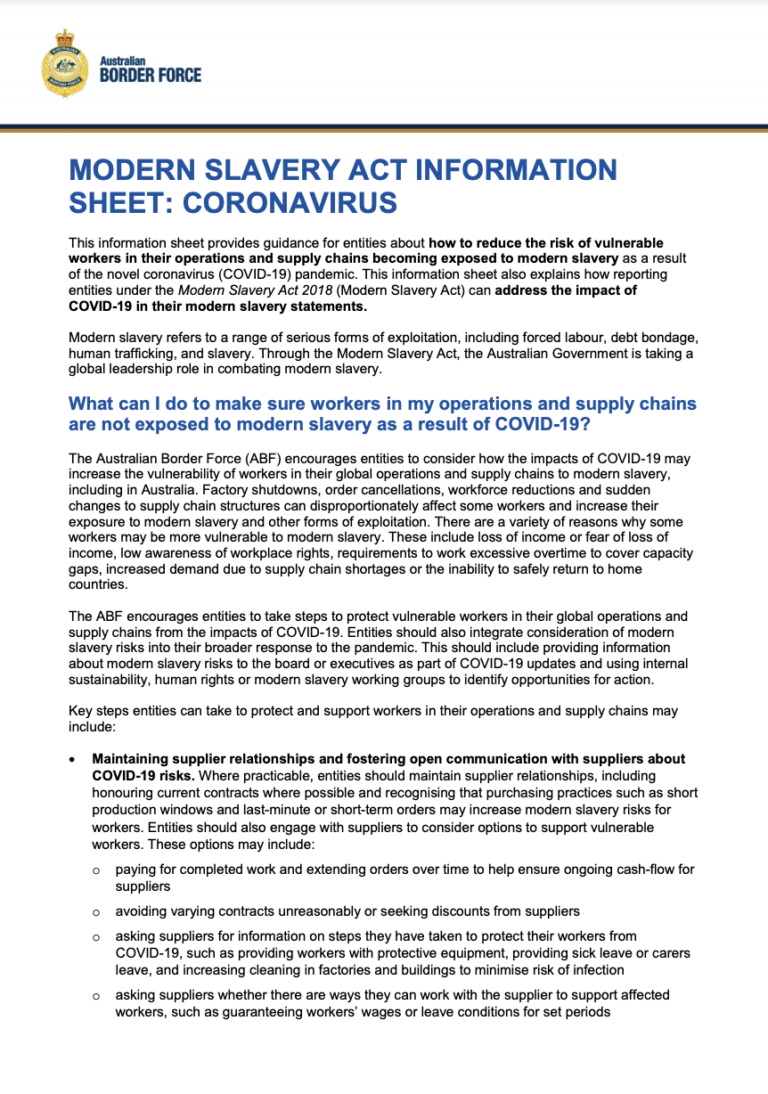A Guide for Survivors of Sex Trafficking During COVID-19
COVID-19 resourcesGuidanceWritten by Cristian Eduardo and Shobana Powell. The purpose of this guide is to empower survivors and service providers with psychoeducation on how COVID-19 might be particularly triggering for survivors of human trafficking, but we acknowledge t...Read More

